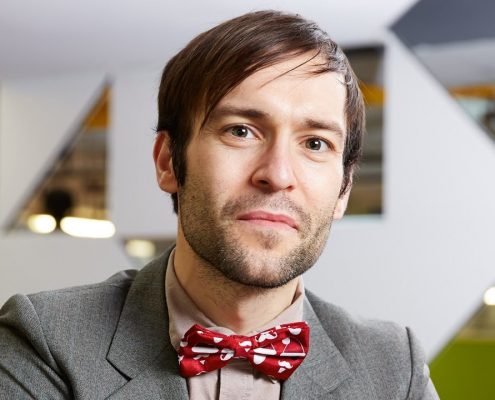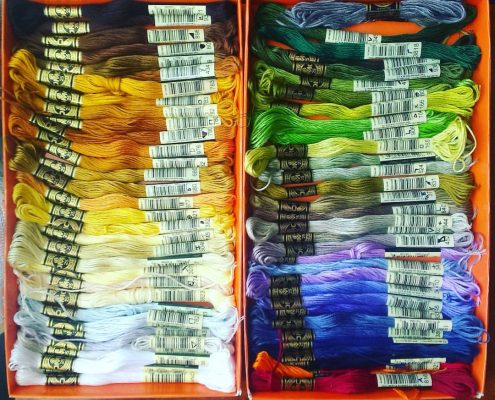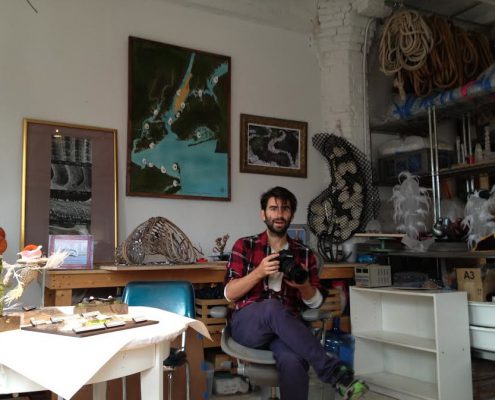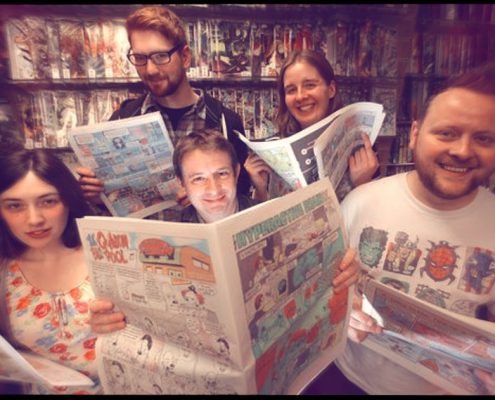Posts

Using poetic verse for scientific abstracts – a study by Sam Illingworth
Can the accessibility of a scientific article be improved if the original abstract is interpreted in poetic verse? Sam Illingworth – SciComm teacher at Manchester University and science poet – recently decided to explore this.
The…

Masters of illustration 1: Haeckel and “The Arts Forms of Nature”
Visual arts and science may have very little in common, but when the two connect, a new form of both may be created. One of the most stunning examples of this are the illustrations of Ernst Haeckel, German naturalist.
This is the first in…

Short bursts of verse by Celia Berrell of Science Rhymes
What’s your tactic for disseminating science concepts to children and others? For Celia Berrell of Science Rhymes the answer is obvious: “Adding poetry, rap or lyrics to your presentation can engage, entertain and educate!” So put on your…

Science and aesthetics – two complementary views of the world
According to Kyiv-based genetics student Anastasiia Semenova, scientists “still seek and create aesthetic elements in science”. Here she shares some reflections after reading the book To Explain the World: The discovery of modern science…

Innovation, imagination, and narrative: Science new wave cinema
The upcoming ImagineScience Film Festival is held across New York City between October 14 and 21. Here, the founder Alexis Gambis describes the story behind it to Crastina’s Julia Turan, and explains the challenges of portraying science…

Lydia Wysocki on science comics as art-science collaborations
Lydia Wysocki is a Newcastle-based comic connoisseur who shares her experience researching, making and running workshops about comics. So far, Lydia has done three projects for Newcastle Science Comic.

Fostering a better-educated community — the Hamed Mirzaei Foundation
Dr. Hamed Mirzaei, biomedical researcher from USC, wanted to bridge the gap between the arts and sciences and created his own foundation to sponsor talent and disseminate knowledge.

